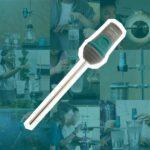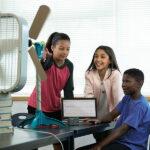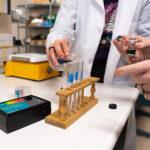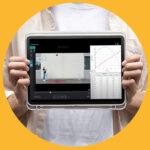
Sharing ideas and inspiration for engagement, inclusion, and excellence in STEM
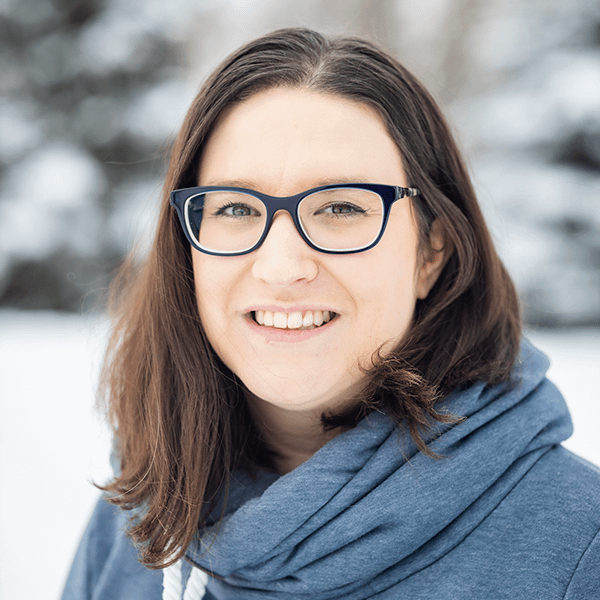
Arianna Demmerly, PhD, is the laboratory coordinator for the Chemistry and Biochemistry Department at the University of Alaska Fairbanks. Last year, she won a 40th anniversary educator grant from Vernier, which included $1,000 in Vernier technology. We recently sat down with Demmerly to discuss the impact of the grant on her and her students. The interview has been edited for length and clarity.
What did winning a Vernier 40th anniversary educator grant mean to you?
It was really nice to get updated equipment and make sure our students can get the best possible laboratory experience.
What Vernier technology have you acquired as part of the grant?
We decided to get two Go Direct® SpectroVis® Plus Spectrophotometers. Our students use those a lot, and I love them—they’re great little machines. We decided to get pH Sensors, as well, which we also use quite a bit.
How have you used and/or plan to use this technology with your students?
In our second semester of general chemistry, we use the SpectroVis Plus Spectrophotometers a lot for rate-determination experiments and kinetics experiments. We also introduce these spectrophotometers to our first-semester general chemistry students so that they can become more familiar with the equipment they’ll be using if they take our second-semester general chemistry class.
We use the pH Sensors in our titrations, which also helps students become more familiar with the equipment.
They’ll see these sensors in a whole slew of different laboratories, from biology to engineering.
We usually do a two-series titration lab, and the first series is just using a straight indicator. But the following week, we have students titrate weak acids with strong bases and then, using the pH Sensor, they connect it with the computers. They monitor that over a period of time to get their equivalence points. From there, they can determine what type of weak acid it is. We’re ACS accredited, so it’s a really important part of our students’ education to know what a titration is and how to determine concentrations of unknowns.

Alex Boyle, lab manager for the Chemistry and Biochemistry Department at the University of Alaska Fairbanks, conducts a bromothymol blue lab as a test for the summer.
How has this Vernier technology improved student engagement?
It’s helped give our students a really good introduction to basic techniques that a lot of chemists use. The SpectroVis Plus Spectrophotometers are an affordable way to teach students Beer’s law, for example, and how to map. Students can also use them to determine rate and then graph it.
In the second semester, we use a lot of Vernier technology, along with computers, because if students go into any advanced biology, engineering, or chemistry classes, they’re going to have to use a pH Sensor at some point, and they’re going to have to collect data from it. They might not use SpectroVis Plus Spectrophotometers in future classes, but they’re going to have to collect data from and be comfortable with similar technology.
And graphing, of course, is the biggest thing—being able to take information from the Vernier software and then turn that into tangible graphs and data that they can analyze. I think learning that data-analysis process is really important.
Share this Article

Sign up for our newsletter
Stay in the loop! Beyond Measure delivers monthly updates on the latest news, ideas, and STEM resources from Vernier.

